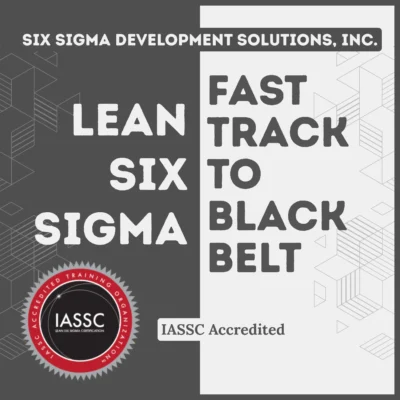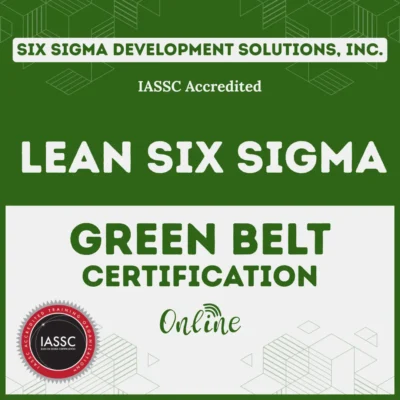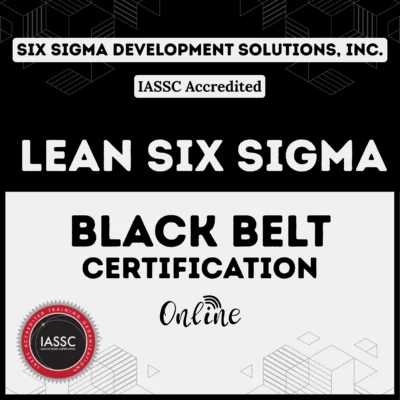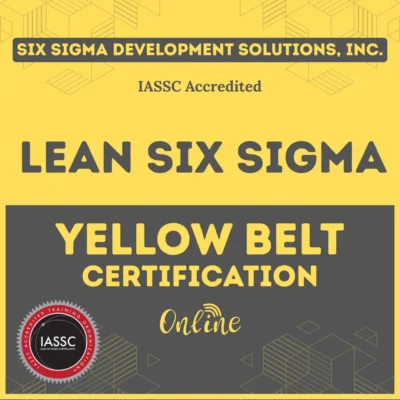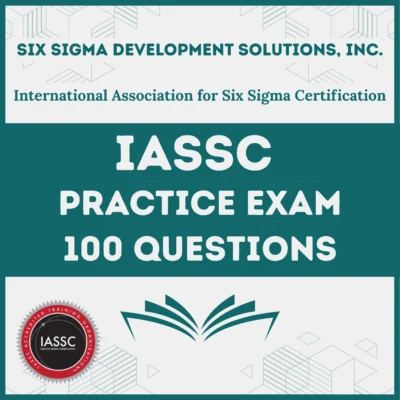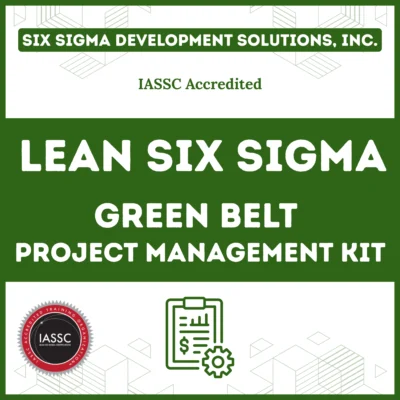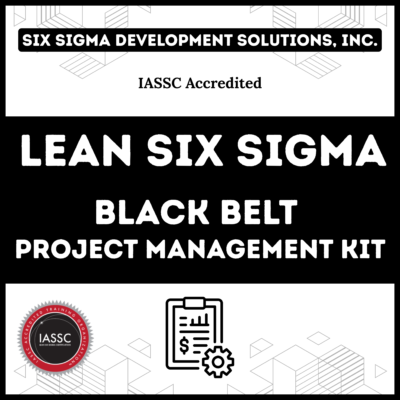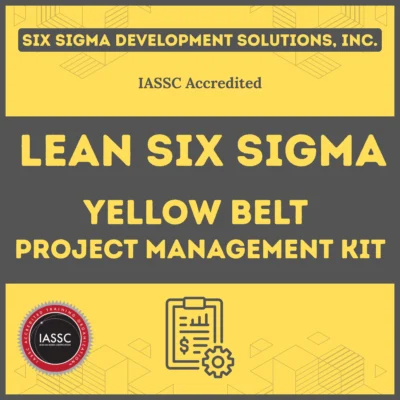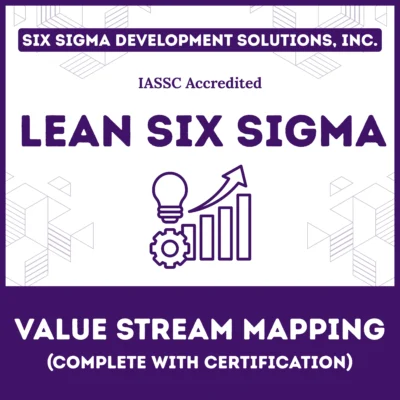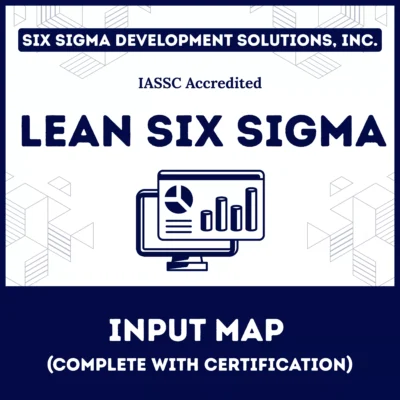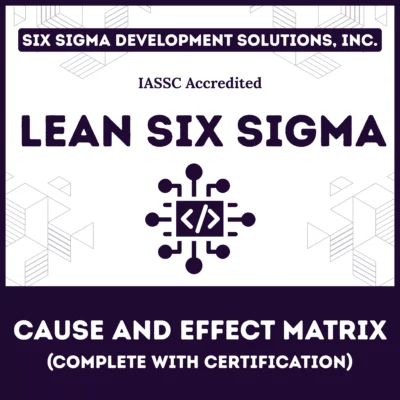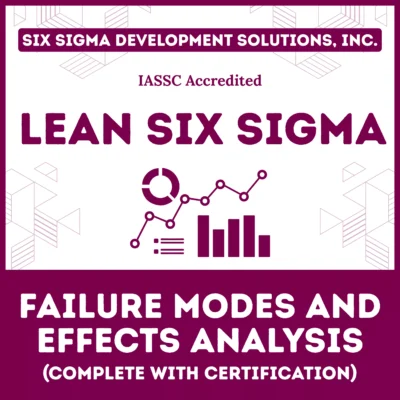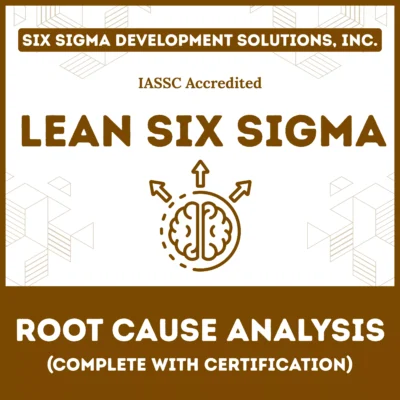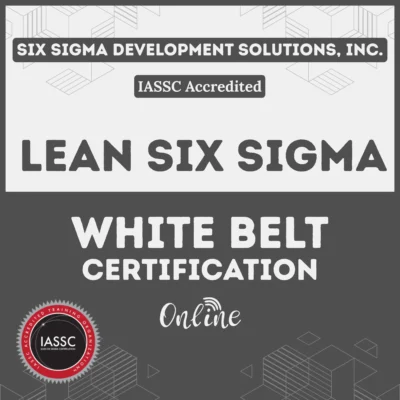GRC meaning encompasses a comprehensive approach to managing organizational governance, identifying and mitigating risks, and ensuring regulatory compliance across all business operations. But what does GRC stand for exactly? The acronym represents three interconnected pillars that form the backbone of effective organizational management.
Governance refers to the systematic processes, policies, and structures that guide organizational decision-making and accountability. Meanwhile, risk management involves identifying, assessing, and mitigating potential threats that could impact business objectives. Finally, compliance ensures adherence to applicable laws, regulations, industry standards, and internal policies.
The GRC definition extends beyond mere regulatory checkbox exercises. Instead, it represents a holistic strategy that aligns business objectives with risk tolerance while maintaining regulatory compliance. This integrated approach enables organizations to make informed decisions that balance growth opportunities with potential risks.
Table of contents
What is GRC?
Let’s start with the basics: GRC stands for governance, risk, and compliance. It’s a structured approach that aligns an organization’s operations with its strategic goals while managing risks and adhering to regulations. Think of GRC as a three-legged stool:
- Governance: The framework of policies, processes, and leadership that guides decision-making.
- Risk Management: Identifying, assessing, and mitigating risks that could derail business objectives.
- Compliance: Ensuring adherence to laws, regulations, and internal policies.
Together, these components create a robust system for enterprise risk management and compliance. But why is this so critical? In 2023, global regulatory fines reached $10.5 billion, according to a report by Fenergo, with non-compliance costing businesses not just money but also reputation and trust.
Public, Onsite, Virtual, and Online Six Sigma Certification Training!
- We are accredited by the IASSC.
- Live Public Training at 52 Sites.
- Live Virtual Training.
- Onsite Training (at your organization).
- Interactive Online (self-paced) training,
Evolution of Risk and Compliance Management
Traditional approaches to compliance risk management often operated in silos, creating inefficiencies and blind spots that exposed organizations to unnecessary risks. However, modern governance risk and compliance frameworks integrate these functions to create synergistic benefits that enhance overall organizational resilience.
The shift toward integrated risk compliance management reflects the growing recognition that governance, risk, and compliance activities are inherently interconnected. For instance, poor governance structures can increase operational risks, while inadequate compliance measures can expose organizations to regulatory penalties and reputational damage.
Furthermore, the emergence of digital transformation and global business operations has amplified the complexity of regulatory compliance risk management. Organizations now navigate multiple jurisdictions, each with distinct regulatory requirements that demand sophisticated compliance strategies.
Also Read: Risk Management Information System
Why Compliance and Risk Management Matter?
Imagine running a financial institution without a compliance risk management framework. One misstep—say, failing to comply with anti-money laundering (AML) regulations—could lead to hefty fines, legal battles, and a tarnished brand. Regulatory compliance risk isn’t just a buzzword; it’s a reality that can make or break a company.
Moreover, global risk and compliance challenges are growing. From GDPR in Europe to CCPA in California, businesses face a web of regulations that vary by region and industry. A strong GRC strategy ensures organizations stay ahead of these challenges, fostering trust with customers and stakeholders while avoiding costly penalties.
The Stakes Are High
Non-compliance can lead to:
- Financial Losses: Fines and penalties can drain resources.
- Reputational Damage: A single scandal can erode customer trust.
- Operational Disruptions: Regulatory investigations can halt business activities.
On the flip side, effective compliance and risk management can:
- Boost operational efficiency.
- Enhance stakeholder confidence.
- Provide a competitive edge in regulated industries.
Building a Compliance Risk Management Framework
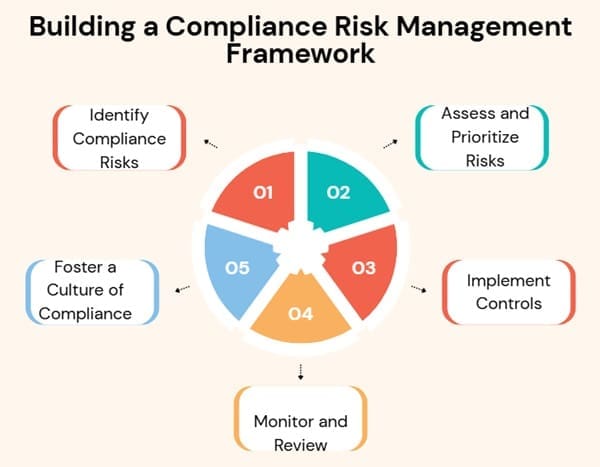
A compliance risk management framework is the backbone of any GRC program. It’s a proactive plan to identify, assess, and mitigate risks while ensuring adherence to regulations. Here’s how to build one:
1. Identify Compliance Risks
Start by pinpointing potential compliance risks. These could include:
- Regulatory violations (e.g., failing to meet data protection standards).
- Operational risks (e.g., inadequate internal controls).
- Financial risks (e.g., fraud or mismanagement).
For example, a healthcare provider must comply with HIPAA regulations to protect patient data. Failure to do so could result in fines up to $1.5 million per violation, as reported by the U.S. Department of Health and Human Services.
2. Assess and Prioritize Risks
Not all risks are equal. Use a risk assessment matrix to evaluate the likelihood and impact of each risk. This helps prioritize efforts. For instance, a bank might prioritize financial risk and compliance issues like AML over less critical areas.
3. Implement Controls
Once risks are identified, establish controls to mitigate them. This could include:
- Policies and Procedures: Clear guidelines for employees.
- Training Programs: Regular sessions to educate staff on compliance.
- Technology Solutions: Tools like GRC software to monitor and manage risks.
4. Monitor and Review
Compliance isn’t a one-and-done task. Regular audits and monitoring ensure your framework stays effective. For example, IT governance, risk, and compliance programs often use automated tools to track data breaches in real-time.
5. Foster a Culture of Compliance
A GRC team is only as strong as the culture behind it. Encourage employees to report issues without fear of retaliation. A 2022 study by Ethisphere found that companies with strong ethical cultures saw 20% fewer compliance violations.
Also Read: Master Project Risk Management: The Step-by-Step Process [2025]
Role of Technology in GRC
In the digital age, technology is a game-changer for governance, risk management, and compliance. GRC software streamlines processes, from risk assessments to compliance tracking. Tools like ServiceNow, MetricStream, and LogicGate offer features like:
- Real-time risk monitoring.
- Automated compliance reporting.
- Data analytics for predictive risk management.
For instance, a global retailer using GRC software can track compliance across multiple jurisdictions, ensuring they meet GDPR, CCPA, and other regulations simultaneously. This not only saves time but also reduces human error.
Challenges in Compliance and Risk Management
Despite its importance, GRC compliance isn’t without challenges. Here are some common hurdles:
- Complexity of Regulations: Keeping up with ever-changing laws is daunting.
- Resource Constraints: Small businesses may lack the budget for robust GRC programs.
- Siloed Operations: Departments working in isolation can lead to gaps in compliance.
To overcome these, businesses should invest in training, leverage technology, and foster cross-departmental collaboration.
Industry-Specific Considerations
Different industries face unique compliance and risk challenges:
- Financial Services: Banks and fintechs must navigate AML, KYC (Know Your Customer), and Basel III regulations.
- Healthcare: HIPAA and HITECH compliance are critical for protecting patient data.
- Tech: Data privacy laws like GDPR and CCPA are non-negotiable for tech giants.
For example, a 2024 report by Deloitte highlighted that 65% of financial institutions increased their regulatory compliance and risk management budgets due to rising cyber threats.
FAQs on Compliance and Risk Management
What is GRC in simple terms?
GRC stands for governance, risk, and compliance. It’s a strategy to align business operations with regulations, manage risks, and ensure ethical decision-making.
Why is compliance risk management important?
It protects businesses from fines, reputational damage, and operational disruptions while fostering trust and efficiency.
What does a GRC team do?
A GRC team develops policies, monitors compliance, assesses risks, and ensures the organization adheres to regulations.
How can technology improve GRC?
GRC software automates risk monitoring, compliance reporting, and data analysis, saving time and reducing errors.
What are common compliance risks?
Common risks include regulatory violations, data breaches, financial fraud, and operational inefficiencies.
Final Words
Mastering compliance and risk management is no longer optional—it’s a necessity for businesses aiming to thrive in a regulated world. By building a robust GRC framework, leveraging technology, and fostering a culture of accountability, organizations can navigate risks, stay compliant, and unlock new opportunities. Whether you’re a small business or a global enterprise, a proactive approach to governance, risk, and compliance is your ticket to sustainable success.




